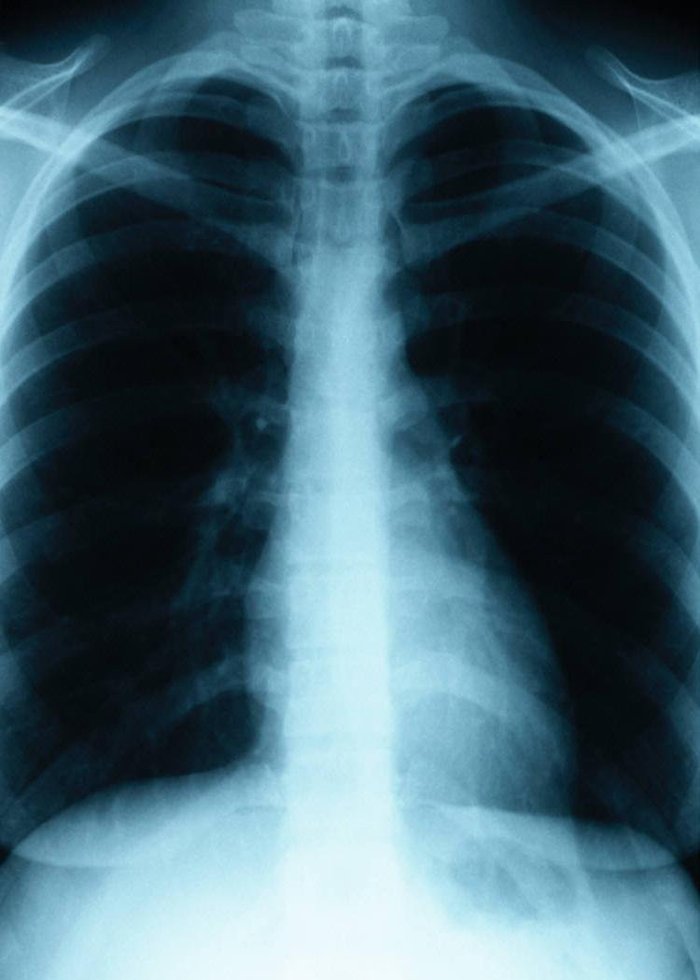An X-ray test is one type of imaging test – a test that uses special equipment to create one or more pictures of part of the inside of the body.
This topic gives general information. The way the X-ray tests are performed will vary between different hospitals.
What is an X-ray?
An X-ray test uses an X-ray to take a picture of bones and other parts of the inside of your child’s body. X-rays pass through fluid (liquid) and soft tissues, but are blocked by more dense – or more solid – structures such as bones.
A machine directs X-rays into your child’s body. An image (picture) is recorded as a computerised digital image. Denser structures (such as bones) look white in the image, and softer structures (such as the heart) look a bit darker.
The air in the lungs looks dark.
Why does my child need this test?
X-ray tests may be used for different reasons. For example, a chest X-ray is used for children who have problems breathing, as it can show whether there is any fluid or infection in the lungs.

X-ray risks and complications
What are X-rays?
X-rays are one type of ionising radiation, a form of energy. At high levels, ionising radiation can be dangerous to humans because it can damage cells, the living parts of the body.
We are all exposed to ‘background’ ionising radiation – in our homes and workplaces (it is in some construction materials and it seeps from the ground into buildings), when we eat certain foods, and when we take a flight. However, this is at very low levels and therefore does not cause us harm.
Are X-ray tests harmful?
X-ray tests use a small amount of radiation: a chest X-ray gives the same amount of radiation (dose) that we would be exposed to in about 3 days, for an abdominal X-ray the radiation dose would be about the same that we would be exposed to in 3 months. They are considered safe. However, your doctor will carefully consider the risks and benefits of using an X-ray test in your child.
How to prepare your child for an X-ray
Speak with your child about the X-ray test, and what will happen. If he or she is old enough, explain what it is looking for and why it is needed.
Older girls may be asked if they are having their period, and about the dates of their last period. They may also be asked if they are pregnant or if they could be pregnant. This is because ionising radiation from X-rays may harm an unborn baby.
What happens
X-ray tests normally take place in the X-ray department of your hospital. A radiographer, a specialist trained in imaging tests, usually performs the test.
- The radiographer will let you know if your child needs to remove any metal objects, such as a watch.
- Your child lies on a table or stands against a surface. The part of his or her body being examined is between the X-ray machine and a plate which records the image.
- Your child needs to stay still for a moment while the machine directs an X-ray through his or her body. This lasts less than a second. Your child cannot feel the X-ray, though the machine will make a noise.
- The plate records an image of the X-ray. This may be connected to a computer that can copy the image.
What to expect afterwards
Your child can usually go home straight away after the scan.
Getting the results
Once the test has been done, a report will be sent to your doctor. Speak with your doctor about when you should expect the results.